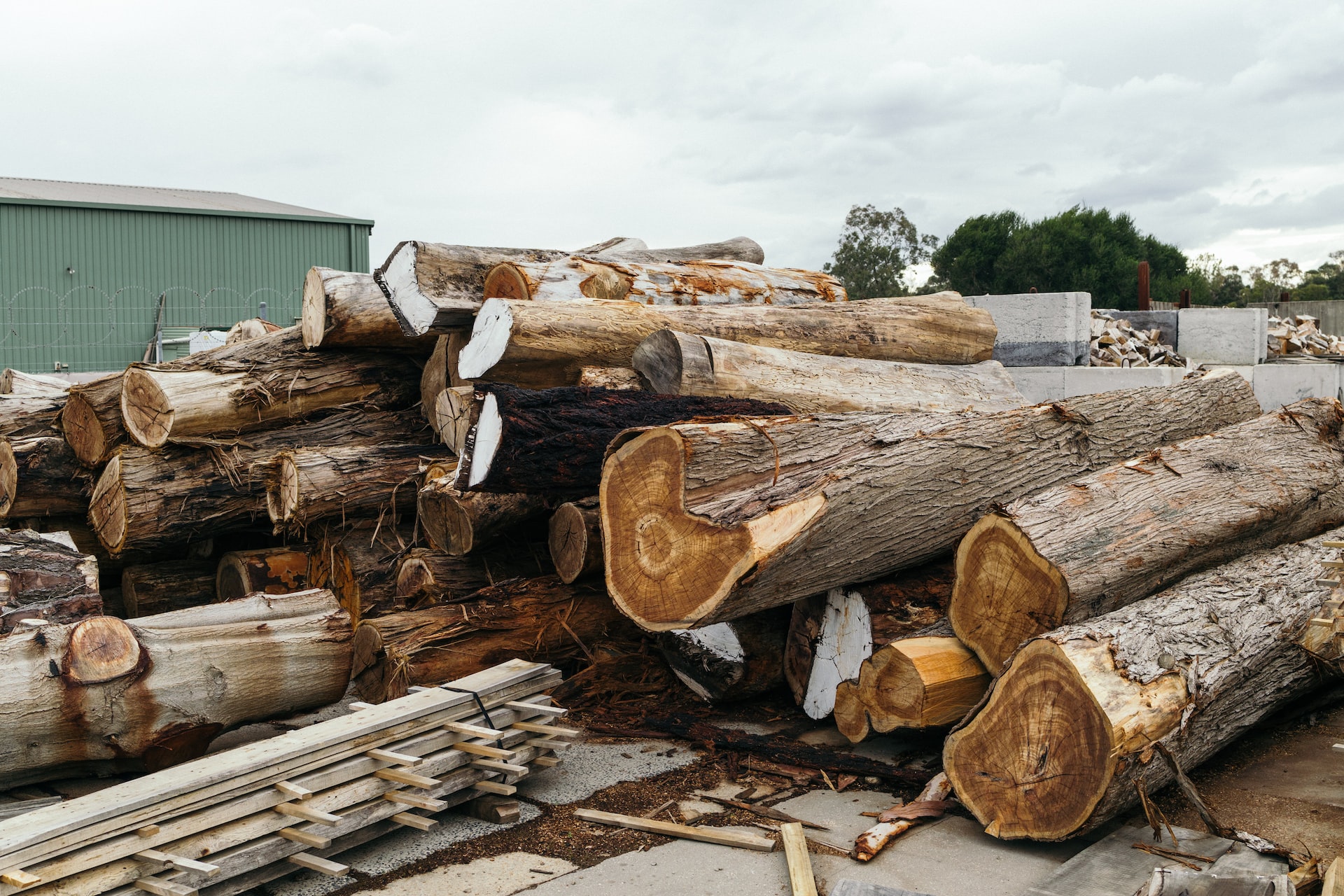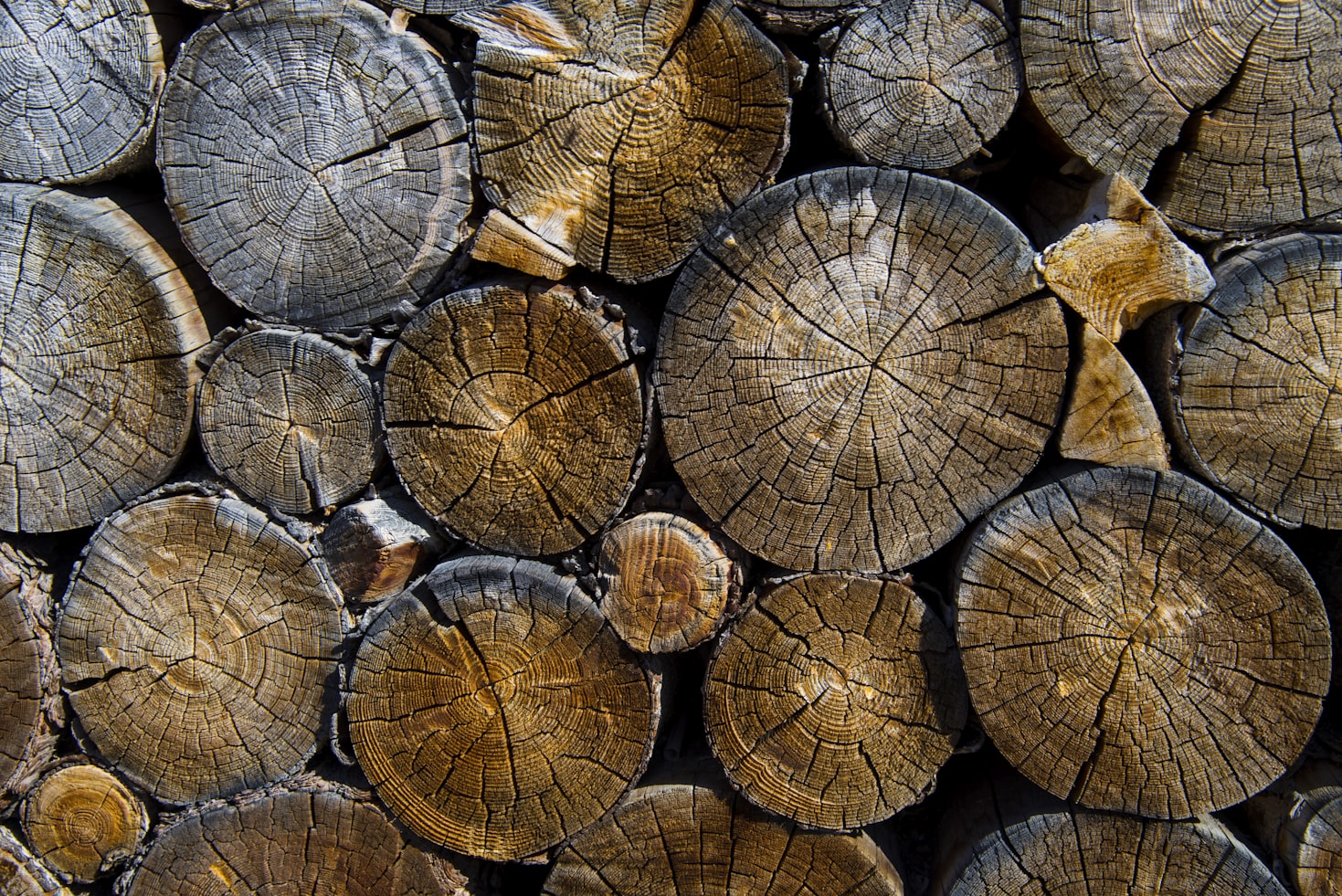Sustainable Wood Management: How to Ensure That Wood is Harvested Responsibly and Replanted

Wood is a natural and renewable resource that has many uses, including construction, furniture, paper production, and fuel. It is an organic material, a natural composite of cellulose fibers that are strong in tension and embedded in a matrix of lignin that resists compression.
Wood is sometimes defined as only the secondary xylem in the stems of trees, or it is defined more broadly to include the same type of tissue elsewhere such as in the roots of trees or shrubs. A living tree, it performs a support function, enabling woody plants to grow large or to stand up by themselves. It also conveys water and nutrients between the leaves, other growing tissues, and the roots.
While wood is a renewable resource, it is important to manage it sustainably to ensure that it is harvested responsibly and replanted. Sustainable wood management involves the responsible use of forests to meet the needs of the present without compromising the ability of future generations to meet their own needs.
It involves the conservation of forests, the protection of wildlife and biodiversity, and the promotion of sustainable economic development. In this blog post, we’ll explore the importance of sustainable wood management and how to ensure that wood is harvested responsibly and replanted.
The importance of sustainable wood management
Sustainable wood management is important for a number of reasons. Forests provide a range of ecological, economic, and social benefits, including the provision of timber and other forest products, the regulation of water and air quality, and the conservation of biodiversity.
They also provide important recreational and aesthetic values. To ensure that these benefits are maintained, it is important to manage forests sustainably, including through the responsible harvest of wood.
1. Certification programs
One way to ensure that wood is harvested responsibly and replanted is to participate in certification programs, such as the Forest Stewardship Council (FSC) and the Programme for the Endorsement of Forest Certification (PEFC). These programs set standards for sustainable forest management, including the protection of forests, wildlife, and biodiversity, and the promotion of sustainable economic development. Wood that is certified by these programs is often labeled as “FSC Certified” or “PEFC Certified,” indicating that it has been harvested responsibly.
2. Sustainable forestry practices
Sustainable forestry practices are another way to ensure that wood is harvested responsibly and replanted. These practices include the selection of appropriate tree species, the use of best management practices, and the protection of forests, wildlife, and biodiversity. Sustainable forestry practices can help to ensure that forests are managed in a way that is environmentally, economically, and socially responsible.
3. Reforestation
Reforestation is another important aspect of sustainable wood management. It involves the planting of trees to replace those that have been harvested or lost due to natural causes. Reforestation can help to maintain the ecological balance of forests and ensure that they continue to provide a range of benefits, including timber and other forest products, water and air regulation, and biodiversity conservation. It can also help to combat climate change, as trees absorb carbon dioxide from the atmosphere as they grow.
4. Responsible purchasing
Consumers can also play a role in ensuring that wood is harvested responsibly and replanted by making responsible purchasing decisions. This can include choosing products that are made from certified wood, such as FSC Certified or PEFC Certified, or that are made from recycled wood. It can also include supporting companies that have demonstrated a commitment to sustainable wood management practices.
And, finally!
Sustainable wood management is important for the conservation of forests and the protection of wildlife and biodiversity. It involves the responsible use of forests to meet the needs of the present without compromising the ability of future generations to meet their own needs.
Certification programs, sustainable forestry practices, reforestation, and responsible purchasing are all ways to ensure that wood is harvested responsibly and replanted. By taking these steps, we can help to preserve the many benefits that forests provide and ensure that wood is a sustainable and renewable resource for the future.







